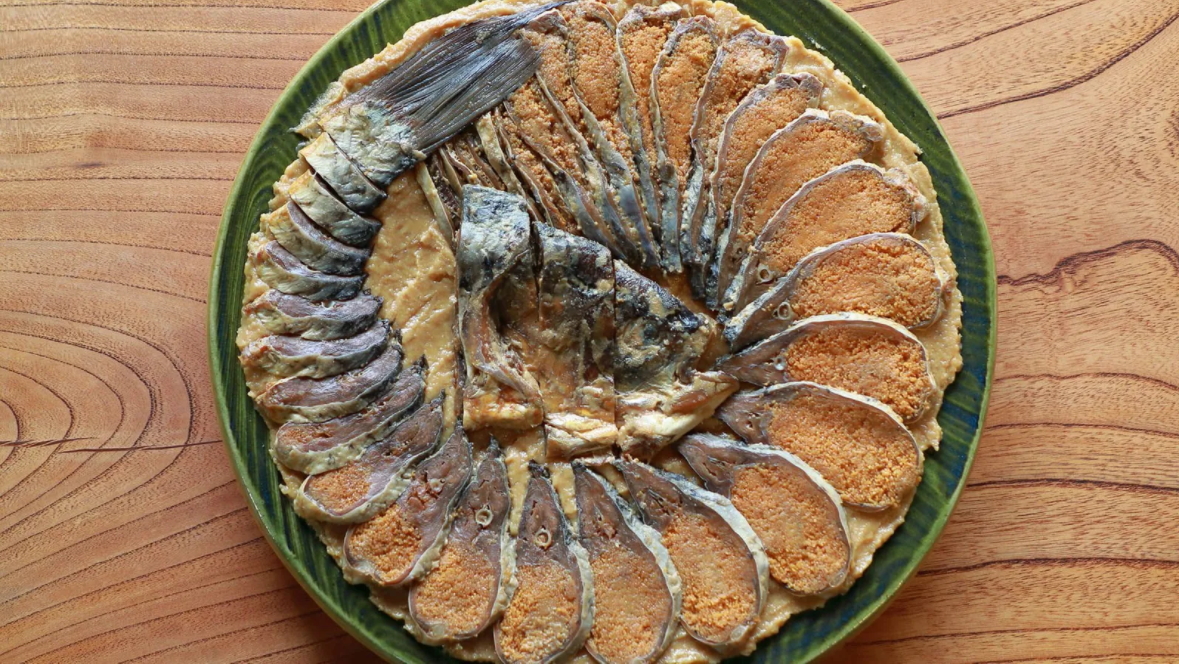
©Tom Schiller via BBC News
Vocabulary:
- progenitor /proh-JEN-i-ter/
- esteemed /ih-STEEMD/
- authentic /aw-THEN-tik/
- fermentation /fur-men-TEY-shuhn/
- mimic /MIM-ik/
[noun] – something from which another thing develops or that causes something else to happen or exist
Based on the theory of evolution, ape is the progenitor of man.
[adjective] – held in great respect; admired
The old professor is esteemed for his teaching abilities and wisdom.
[adjective] – being what it is claimed to be; genuine
Let us check if the painting is authentic or just a replica.
[adjective] – a process of chemical change in food or drink because of the action of yeast or bacteria, which may cause it to produce bubbles or heat, or turn sugars in it into alcohol
Yeast is required for the fermentation process that produces alcohol.
[verb] – to have the same or similar effect as something else
Rina’s delicious cooking mimics her mother’s.
Article reading:
The esteemed nigorobuna (crucian carp) is the original carp used in making funazushi. Its species, brimming with wild and deep flavor, can only be found in Lake Biwa, the country’s largest lagoon. Due to the scarcity of nigorobuna, only five stores near the lake specialize in high-quality funazushi. Out of all, a shop owned by Kitamura Mariko and her husband Atsushi located in Takashima sells the most authentic funazushi. Kitamura’s family has been passing down a 400-year-old recipe for 18 generations that entails a lengthy fermentation period and the replacement of rice once during the procedure. According to Kitamura, their funazushi’s taste is reminiscent of blue cheese with its lacto-fermented, sour, salty, and umami-rich flavor. Some people may adore it, while others may not due to its foul odor.
Hayazushi (quick sushi) is the modern-day form of narezushi, which was invented in the Edo era as its “fast-food” variant. Hayazushi employs fermented rice vinegar and soy sauce as seasonings to mimic the sour, salty, and rich flavor of funazushi. As funazushi becomes more popular, chefs throughout Japan are aging their sushi for extended periods of time to achieve the creamy texture and delicious richness of the fish. In these modern times, funazushi is unquestionably a must-try ancient sushi.
Discussion Questions:
- Have you heard of or tried narezushi before? Please tell me more about it.
- Which do you prefer, traditional or modern Japanese food?
- Would you try funazushi despite its strong stench? Why or why not?
- Aside from hayazushi, what else do you consider Japanese fast food?
- In your opinion, will funazushi become renowned in other parts of Japan? Please elaborate on your answer.
Summarization
Describe:
- icon
- brim
- replacement
- reminiscent
- variant